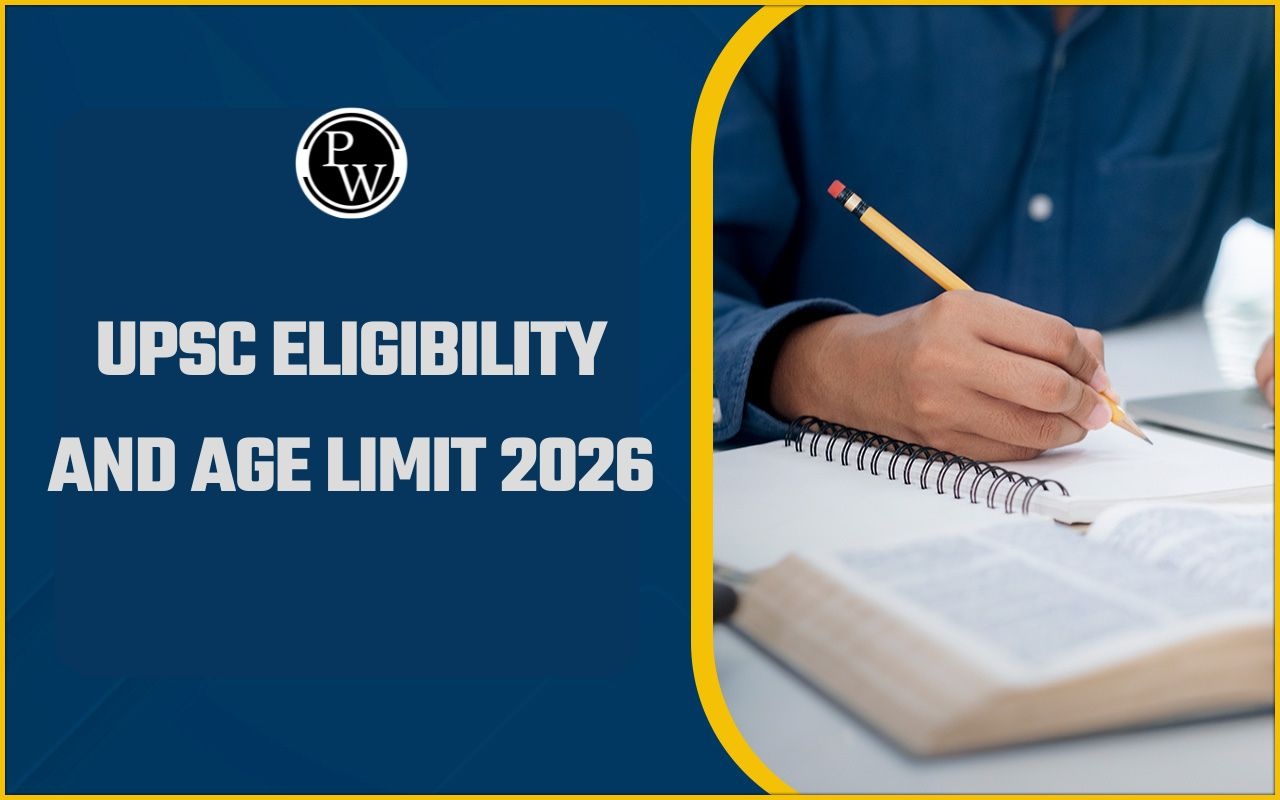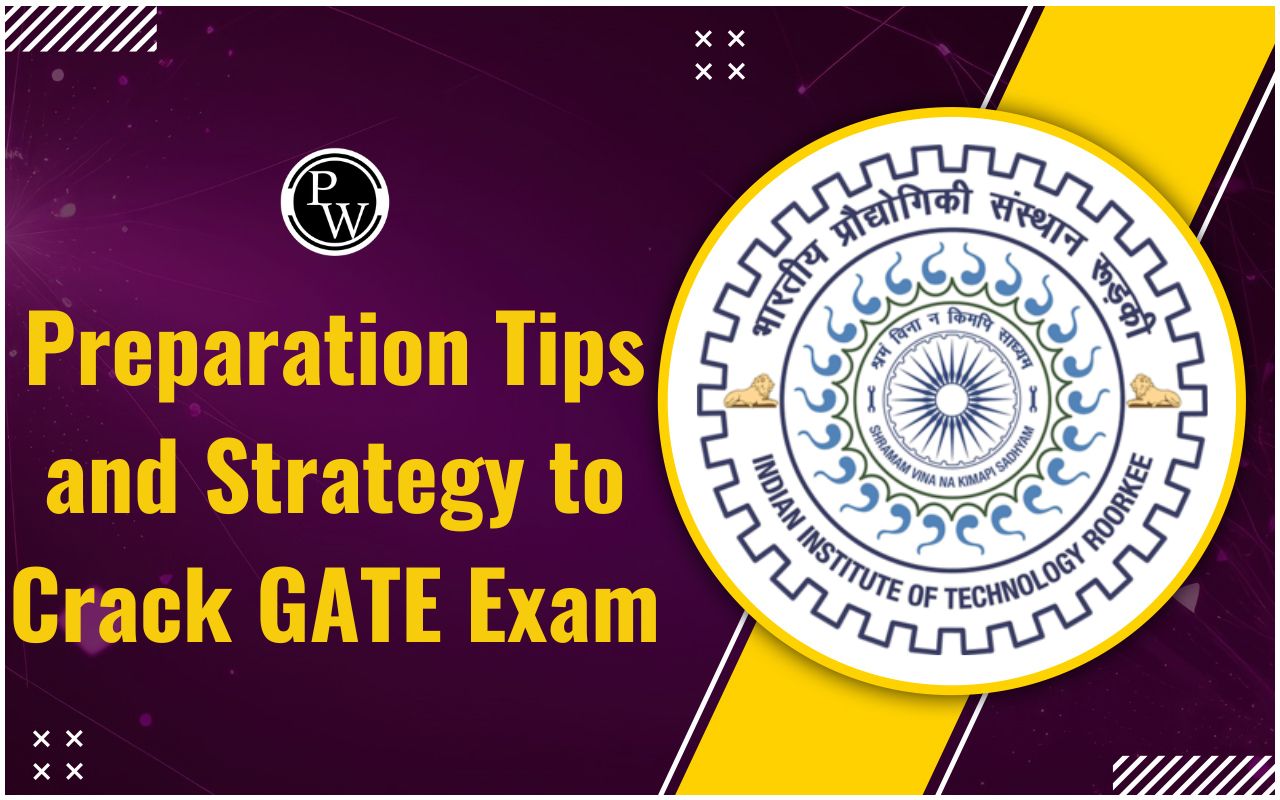English Tenses, Definition, Types with Examples

English Tenses:- Mastering tenses is key to learning English. Tenses are crucial for clear communication in speaking and writing, as they show when events happen. Understanding tenses is essential if you want to convey your messages accurately in English.
Tenses help us place actions in time. They let us differentiate between what has happened, what is happening, and what will happen. Our communication can become unclear and confusing without a good grasp of tenses. Mixing up past, present, and future tenses can lead to misunderstandings about when something occurred.
Check out: School Books
What is Tense?
-
Tense refers to the form of a verb that indicates the time when an action happens.
-
According to the Merriam-Webster Dictionary, tense is a form of a verb that shows the time or duration of the action.
-
The Collins Dictionary says tense is the form of a verb that shows whether an action is in the past, present, or future.
-
The Cambridge Dictionary defines tense as the form of a verb that indicates when an action occurred.
-
The Oxford Learner’s Dictionary explains that tense helps clarify and give context to our communication by showing the sequence and duration of events.
Tense Definition and Examples
Tense in grammar refers to the form of a verb that indicates the time at which an action or event occurs. There are three primary tenses in English:
-
Present Tense: Describes actions happening now or regularly.
-
Example: She writes a letter.
-
Past Tense: Describes actions that happened in the past.
-
Example: She wrote a letter.
-
Future Tense: Describes actions that will happen in the future.
-
Example: She will write a letter.
Check out: Class 7th Books
Types of Tense
There are three main types of tenses, each with several subcategories. Check out the table below for Tense Structure:
|
Tense |
Definition |
Subtype |
Example 1 |
Example 2 |
|
Present |
Describes actions happening now or regularly. |
Simple |
She writes a letter. |
They play football. |
|
Continuous |
She is writing a letter. |
They are playing football. |
||
|
Perfect |
She has written a letter. |
They have played football. |
||
|
Perfect Continuous |
She has been writing a letter. |
They have been playing football. |
||
|
Past |
Describes actions that happened in the past. |
Simple |
She wrote a letter. |
They played football. |
|
Continuous |
She was writing a letter. |
They were playing football. |
||
|
Perfect |
She had written a letter. |
They had played football. |
||
|
Perfect Continuous |
She had been writing a letter. |
They had been playing football. |
||
|
Future |
Describes actions that will happen in the future. |
Simple |
She will write a letter. |
They will play football. |
|
Continuous |
She will be writing a letter. |
They will be playing football. |
||
|
Perfect |
She will have written a letter. |
They will have played football. |
||
|
Perfect Continuous |
She will have been writing a letter. |
They will have been playing football. |
Check out: Class 8th Books
Past Tense with Examples
The past tense is used to describe actions or events that have already happened at a specific point in the past. It can be divided into several subtypes, each serving a different purpose.
1. Simple Past Tense
Definition: The simple past tense is used to describe actions that were completed at a definite time in the past. The action is finished and does not extend into the present.
Tense Structure
-
Regular Verbs: Add -ed to the base form (e.g., "walk" becomes "walked").
-
Irregular Verbs: The form changes in an unpredictable way (e.g., "go" becomes "went").
Examples
-
Regular Verb: She talked to her friend yesterday.
-
Irregular Verb: He saw a movie last night.
2. Past Continuous Tense
The past continuous tense describes an action that was ongoing at a particular moment in the past. It often sets the scene for another action that occurred.
Tense Structure: Use the past tense of the verb to be (was/were) + verb + -ing.
Examples
-
She was reading a book when the phone rang.
-
They were playing soccer during the summer.
3. Past Perfect Tense
The past perfect tense is used to describe an action that was completed before another action took place in the past. It shows the sequence of events.
Tense Structure: Use had + past participle of the main verb.
Examples
-
She had finished her homework before dinner.
-
By the time he arrived, they had left for the concert.
4. Past Perfect Continuous Tense
The past perfect continuous tense emphasizes the duration of an action that was ongoing before another past action. It highlights the continuity of the action.
Tense Structure: Use had been + verb + -ing.
Examples
-
They had been waiting for hours before the train arrived.
-
She had been studying all night before the exam.
Present Tense with Examples
The present tense is used to describe actions or events that are happening now, regularly occurring, or are general truths. It can be divided into several subtypes, each serving a different purpose.
1. Present Simple Tense
The present simple tense is used to describe habitual actions, general truths, and routines. It expresses facts that are always true or actions that happen regularly.
Tense Structure
-
For most verbs: Use the base form of the verb (e.g., "walk," "play").
-
For third-person singular (he, she, it): Add -s or -es to the base form (e.g., "walks," "plays").
Examples
-
I eat breakfast every morning.
-
She works at a bank.
2. Present Continuous Tense
The present continuous tense describes actions that are currently in progress at the moment of speaking. It can also be used for future plans or arrangements.
Tense Structure: Use the present tense of the verb to be (am/is/are) + verb + -ing.
Examples
-
I am reading a book right now.
-
They are playing soccer at the park.
3. Present Perfect Tense
The present perfect tense is used to describe actions that have been completed at some point in the past but are relevant to the present. It often emphasizes the result of the action.
Tense Structure: Use has/have + past participle of the main verb.
Examples
-
I have visited Paris several times.
-
She has finished her homework.
4. Present Perfect Continuous Tense
The present perfect continuous tense emphasizes the duration of an action that began in the past and is still continuing or has recently stopped. It highlights how long something has been happening.
Tense Structure: Use has/have been + verb + -ing.
Examples
I have been reading this book for two hours.
She has been working at the company since 2010.
Future Tense with Examples
The future tense is used to describe actions or events that will happen after the present time. It can be divided into several subtypes, each indicating a different aspect of future actions.
1. Future Simple Tense
Definition: The future simple tense is used to describe actions that will happen at a specific time in the future. It indicates a simple, one-time event or action.
Tense Structure: Use will + base form of the verb.
Examples
-
I will visit my grandparents next week.
-
She will start her new job on Monday.
2. Future Continuous Tense
The future continuous tense describes an action that will be in progress at a specific time in the future. It emphasizes the ongoing nature of the action.
Tense Structure: Use will be + verb + -ing.
Examples
-
I will be studying at 8 PM tonight.
-
They will be watching a movie when you arrive.
3. Future Perfect Tense
The future perfect tense is used to describe an action that will be completed before a specific point in the future. It emphasizes the completion of the action.
Tense Structure: Use will have + past participle of the verb.
Examples
By next year, I will have graduated from college.
They will have finished the report by the end of the day.
4. Future Perfect Continuous Tense
The future perfect continuous tense emphasizes the duration of an action that will be ongoing up to a specific point in the future. It highlights how long something will have been happening.
Tense Structure: Use will have been + verb + -ing.
Examples
-
By the end of this year, I will have been working at the company for ten years.
-
They will have been travelling for 12 hours by the time they arrive.
Check out: CBSE Class 10th Books
Tense and Their Usage
-
Present Tense
-
Present Simple Tense: Describes general truths, habitual actions, and routines.
-
Present Continuous Tense: Describes actions happening right now or future plans.
-
Present Perfect Tense: Describes actions completed at an unspecified time before now, with relevance to the present.
-
Present Perfect Continuous Tense: Emphasizes the duration of an ongoing action that started in the past and continues into the present or was recently completed.
-
Past Tense
-
Past Simple Tense: Describes completed actions or events that happened at a specific time in the past.
-
Past Continuous Tense: Describes actions that were ongoing at a specific moment in the past.
-
Past Perfect Tense: Describes an action completed before another action or time in the past.
-
Past Perfect Continuous Tense: Emphasizes the duration of an action that was ongoing up to a point in the past.
-
Future Tense
-
Future Simple Tense: Describes actions that will happen at a specific time in the future or predictions.
-
Future Continuous Tense: Describes actions that will be ongoing at a specific time in the future.
-
Future Perfect Tense: Describes actions that will be completed before a specific time or event in the future.
-
Future Perfect Continuous Tense: Emphasizes the duration of an action that will be ongoing up to a specific point in the future.
Check out: Activity Based Learning
English Tense FAQs
1. What are the main types of tenses in English?
Ans. English tenses are divided into three main types: Present, Past, and Future. Each type has four subcategories: Simple, Continuous (Progressive), Perfect, and Perfect Continuous.
2. How do I use the Present Simple Tense?
Ans. The Present Simple Tense is used for habitual actions, general truths, and routines. It is formed using the base form of the verb (e.g., "She reads every day").
3. When should I use the Present Continuous Tense?
Ans. The Present Continuous Tense describes actions happening right now or plans for the future. It is formed using the present tense of "to be" (am/is/are) + verb + -ing (e.g., "I am eating lunch").
4. What is the difference between Present Perfect and Present Perfect Continuous?
Ans. Present Perfect describes actions completed at an unspecified time before now with relevance to the present (e.g., "She has finished her homework"). Present Perfect Continuous emphasizes the duration of an ongoing action that started in the past and continues into the present (e.g., "She has been studying for two hours").
5. How do I use the Future Simple Tense?
Ans. The Future Simple Tense describes actions that will happen at a specific time in the future. It is formed using "will" + base form of the verb (e.g., "I will call you tomorrow").








